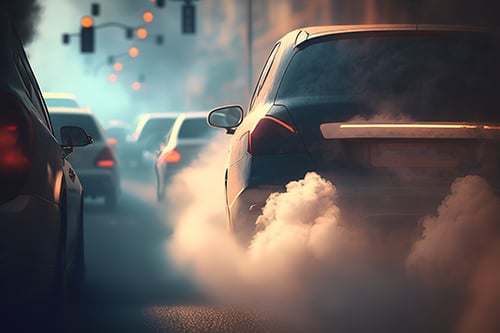
The United States Environmental Protection Agency recently proposed increased vehicle emission standards for light-duty and medium-duty vehicles starting with model years 2027. These proposed emission cutbacks have ramifications for a wide swath of industry – but especially for manufacturers and supply chain professionals. In this article, we will explore the goals of this proposal, its challenges and benefits to manufacturing, and how people in the field can prepare for stricter emissions requirements.
Note that, at the time of writing (April 2023), there have been no revisions to the original proposals, nor have any governmental bodies made any rulings on them.
What Are the Goals of the EPA's New Vehicle Pollution Standards?
The EPA aims to further regulate the greenhouse gas (GHG) emissions of vehicles through a main proposal for light-duty and medium-duty vehicles, as well as a companion proposal for heavy-duty vehicles after model years 2027. The EPA has already used its authority to regulate tailpipe emissions in the past, so these proposals are not unprecedented; however, they are some of the most aggressive regulations to date.
The goal of these actions is to indirectly spur the adoption of electric vehicles (EVs), plug-in hybrid vehicles, hybrid vehicles, and hydrogen fuel cell vehicles while simultaneously decelerating rates of greenhouse gas emissions. In simple terms, it is a way for the Biden Administration to accelerate clean vehicle technologies and tackle rising emissions in one fell swoop. The mechanism of action is as follows: the EPA tightens down on allowable emissions, so consumers and commercial entities can avoid penalties by simply switching to cleaner modes of transportation.


